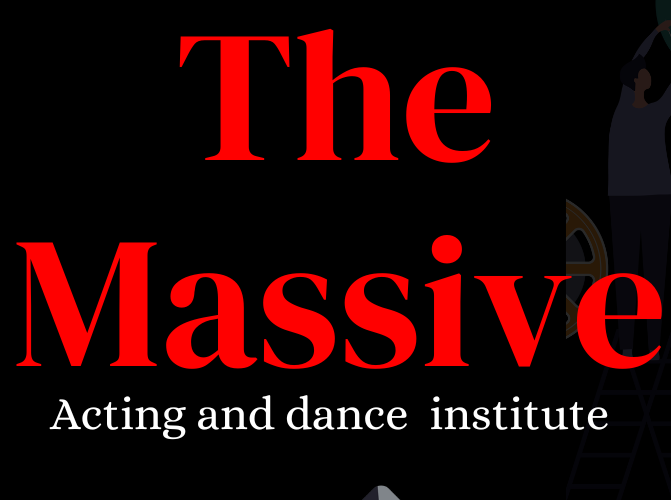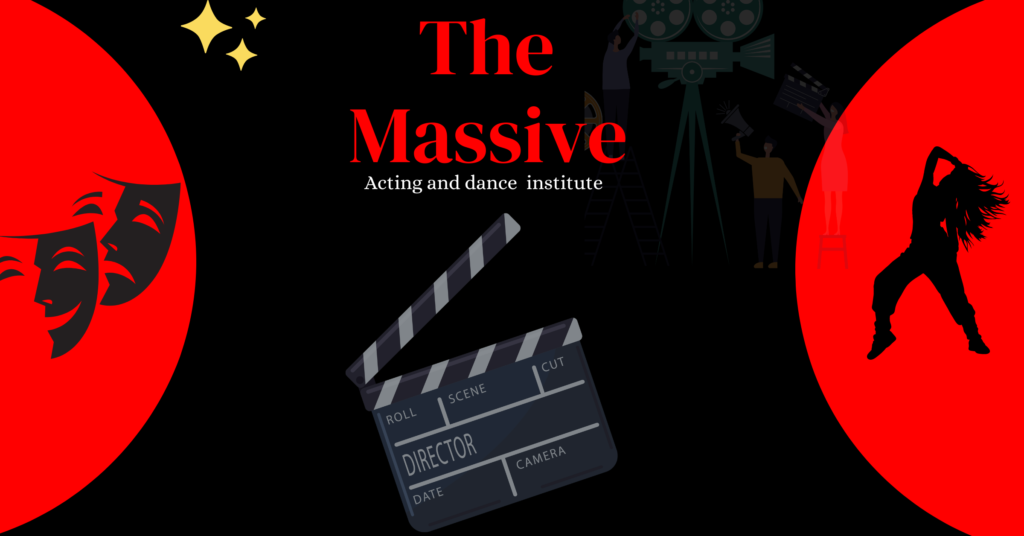
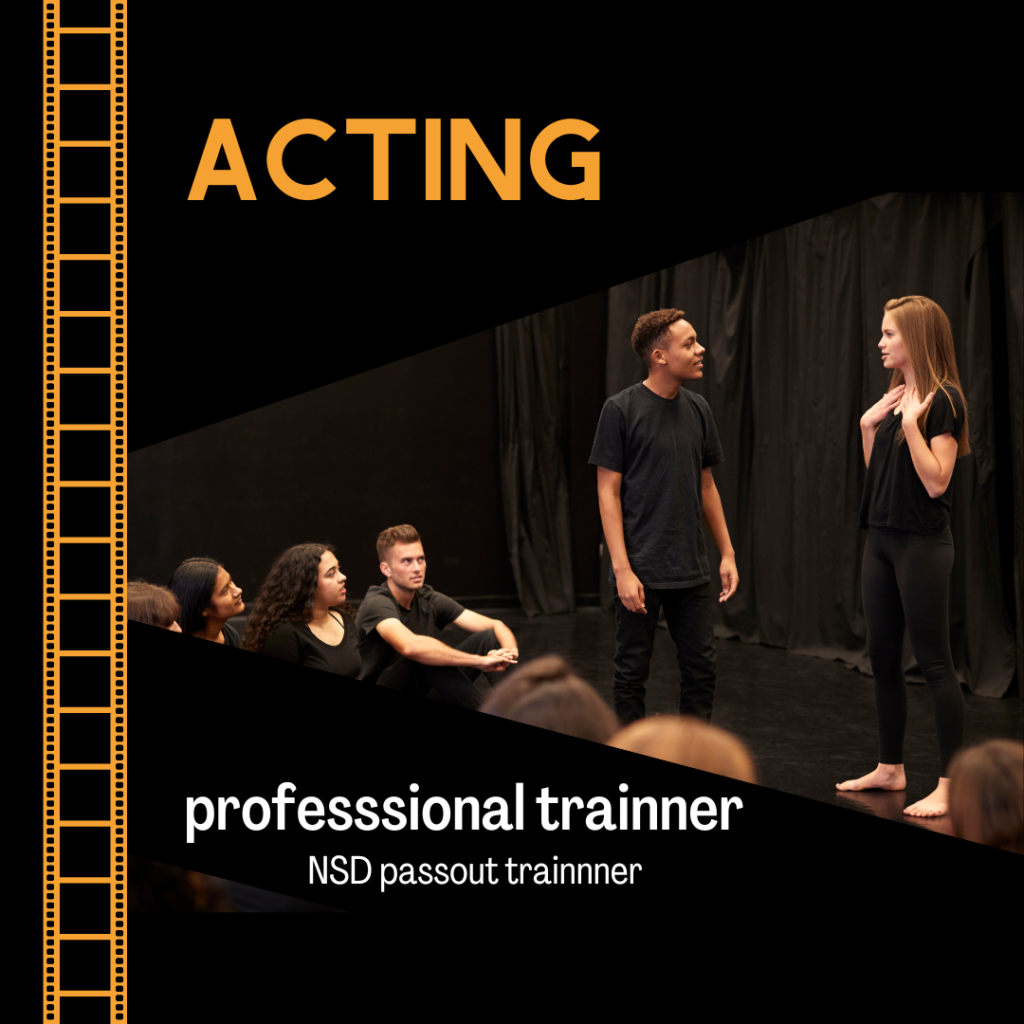
Acting is the art of embodying characters and conveying emotions through performance. It requires a deep understanding of human psychology, as actors interpret scripts and bring stories to life. Through techniques like improvisation, voice modulation, and physical expression, actors create authentic connections with audiences. Training in acting often involves exploring various styles, from theater to film, enhancing skills like memorization and emotional recall. The collaborative nature of acting fosters teamwork among directors, writers, and fellow performers, making it a dynamic art form. Ultimately, acting challenges individuals to step into different lives, offering both the performer and the audience a profound shared experience.
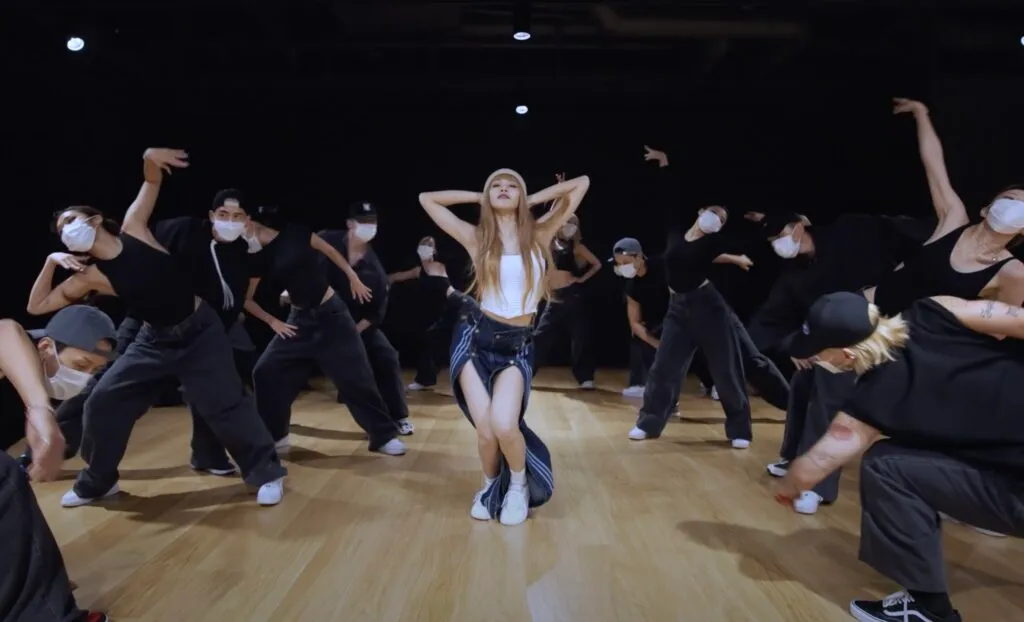
Dance is a universal form of expression that transcends cultures and languages. It combines movement, rhythm, and emotion, allowing individuals to convey feelings that words sometimes cannot capture. From traditional folk dances that celebrate cultural heritage to contemporary styles that push artistic boundaries, dance connects people in profound ways.
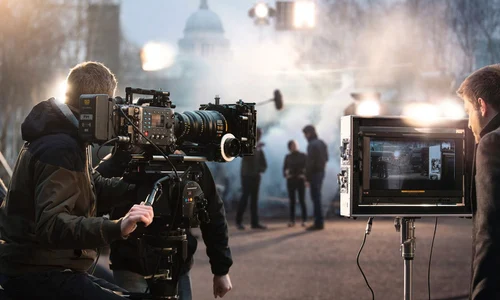
VCinematography is the art of visual storytelling through camera work and lighting. It shapes the mood and tone of a film, guiding viewers’ emotions and perspectives. From framing to movement, effective cinematography enhances the narrative, making every scene visually captivating and immersing the audience in the story’s world.
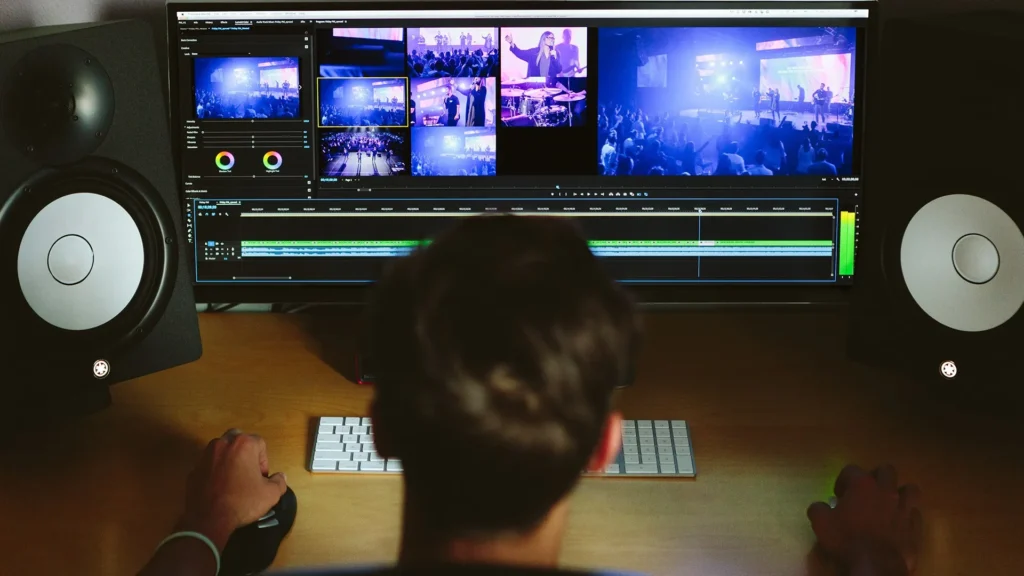
An editing course offers students the skills to transform raw footage into compelling stories. Participants learn about software tools, techniques, and storytelling principles that enhance narrative flow. The course covers pacing, transitions, sound design, and color correction, empowering aspiring editors to refine their creativity and produce polished, engaging content for film, television, and online media.
